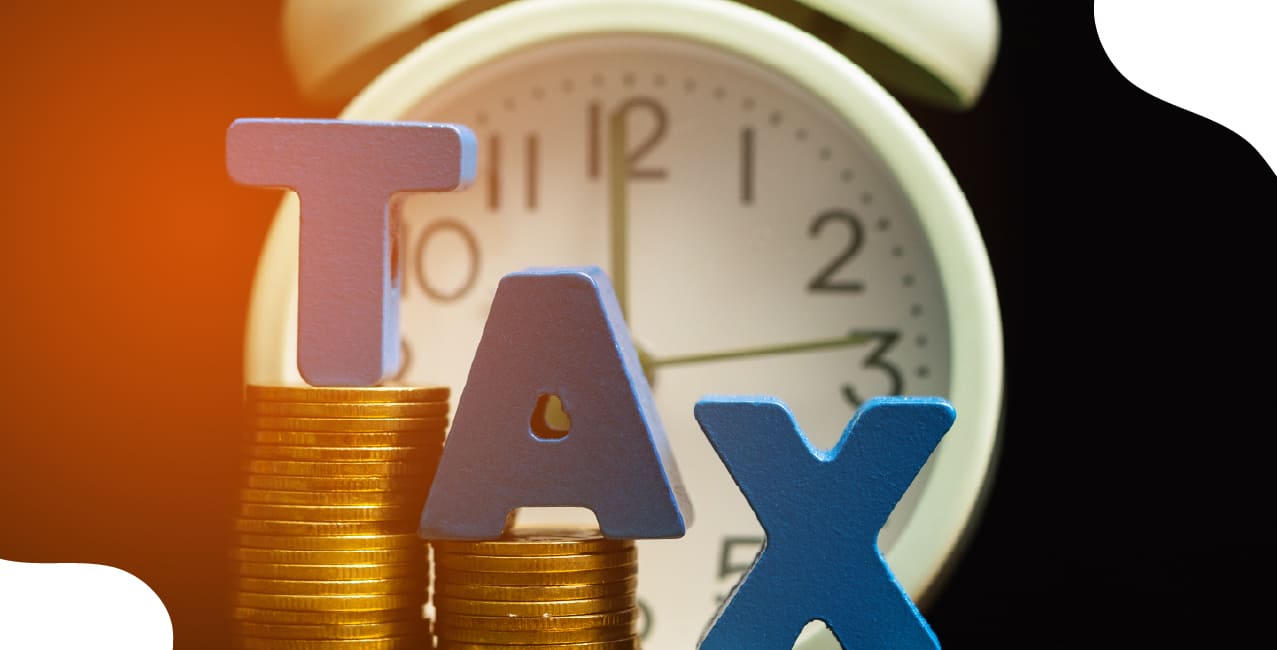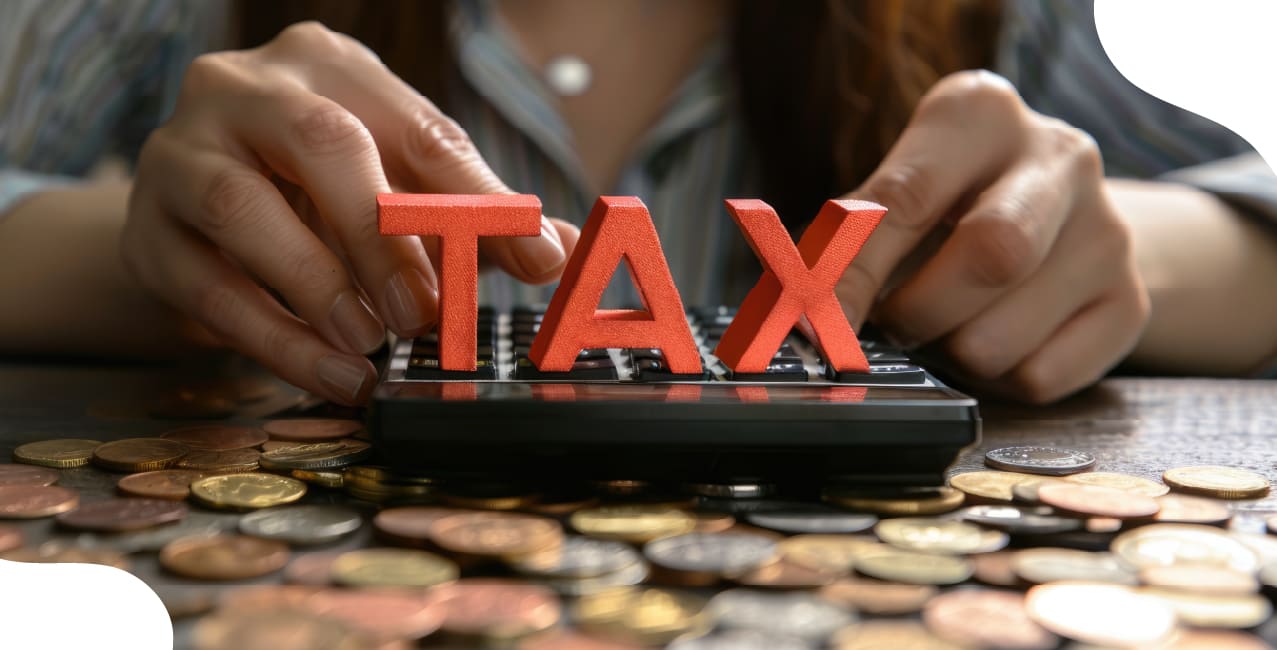
Author
LoansJagat Team
Read Time
6 Min
22 Sep 2025
Gratuity Tax Exemption under the Income Tax Act
Key Takeaways:
- Gratuity is a financial reward for long service, and up to ₹20,00,000 is exempt from tax.
- The calculation formula depends on salary and years of service, and fintech payrolls handle it smoothly.
- Government employees get full exemption, while private and fintech employees get conditional exemptions.
- Any gratuity above ₹20,00,000 becomes taxable as per the income tax slabs.
BONUS: THE PAYMENT OF GRATUITY ACT, 1972 HAS LONG SERVED AS A KEY SOCIAL SECURITY MEASURE FOR INDIA’S WORKFORCE. WHILE THE GOVERNMENT ENHANCED THE GRATUITY CEILING TO ₹25,00,000 FOR ITS EMPLOYEES FROM JANUARY 2024, PRIVATE SECTOR AND PSU WORKERS ARE STILL LIMITED TO ₹20,00,000.
Gratuity is a one-time payment by employers to employees for long and loyal service, given under the Payment of Gratuity Act.
Mr. Rohan Sharma worked in a fintech company in Bengaluru for 12 years. At the time of his retirement in 2024, he received ₹7,00,000 as gratuity. According to Section 10(10) of the Income Tax Act, gratuity enjoys tax exemptions.
In Rohan’s case, only ₹2,00,000 was taxable, while ₹5,00,000 was exempt. This shows how tax exemption rules allow employees to retain more of their earnings. For those in the fast-growing fintech industry, gratuity plays a vital role in financial stability after leaving a job.
Gratuity Tax Exemption under the Income Tax Act means that a certain part of the gratuity received by an employee is not taxed. The Payment of Gratuity Act, 1972 governs this benefit. The exemption depends on whether the employee is working in the government sector, private sector, or a fintech-based startup.
For example, Ms. Priya Menon worked for 8 years at a digital payments startup in Pune. She received ₹4,50,000 as gratuity. After applying Section 10(10), only ₹50,000 was taxable, and ₹4,00,000 was exempt. This helped her save a big portion of her earnings.
In this blog, we will explain gratuity, eligibility rules, tax exemptions, and calculation methods.
Eligibility for Gratuity Tax Exemption
Not everyone can receive gratuity. There are some rules that employees must follow:
- A minimum of 5 years of continuous service is required.
- Exceptions exist in cases of death or disability, where gratuity is paid even without completing 5 years.
- Fintech companies usually follow the same rules as other private firms, ensuring transparency through payroll software.
The following table shows how eligibility works for different employee categories under the gratuity tax exemption:
This table makes it clear that while government employees get full exemption, private and fintech employees must check limits and conditions.
How Gratuity Tax Exemption is Calculated?
The Income Tax Act provides a specific method to calculate the exempt portion of gratuity. The formula is:
Gratuity = (Last Drawn Salary × 15 × Years of Service) ÷ 26
Here, salary means basic plus dearness allowance. Fintech payroll systems use this formula automatically for accurate calculation.
Mr. Arvind worked for 10 years in a fintech firm. His last drawn monthly salary was ₹50,000. Using the formula:
Gratuity = (50,000 × 15 × 10) ÷ 26 = ₹2,88,461.
This amount will be compared with the statutory exemption limit to decide the taxable part.
The table below compares the gratuity calculation for government and non-government employees:
This table shows that while government employees enjoy full relief, private employees have to calculate exemptions carefully.
Statutory Limit on Gratuity Tax Exemption
The Income Tax Act sets a maximum limit for exemption. As of March 2019, the limit is ₹20,00,000. Any amount above this is taxable.
Mr. Kunal, a senior fintech executive, received ₹25,00,000 as gratuity. Out of this, ₹20,00,000 was exempt, while the remaining ₹5,00,000 was taxable.
The following table shows how the exemption limit has changed over the years:
From this table, it is clear that the exemption limit has doubled in the last decade, giving more financial security to employees.
Gratuity Tax Exemption Rules for Different Cases
Gratuity tax exemption does not apply in the same way to everyone. The Income Tax Act provides different rules depending on the situation.
Below are the common cases where the gratuity exemption is applied differently:
- Retirement or Superannuation: Employees completing 5 years of service can claim an exemption under Section 10(10).
- Resignation after Minimum Service: If an employee resigns after 5 years, an exemption is available, subject to the limit.
- Death or Disability: In such cases, full exemption is allowed, even if service is less than 5 years.
- Fintech Startups: Many fintech companies follow the same rules as private firms, but often process gratuity faster using payroll technology.
These cases highlight that gratuity exemptions are flexible, especially in sensitive situations like death or disability.
Taxability of Gratuity Beyond Exemption Limit
Sometimes, gratuity received is higher than the exemption limit. In such cases, the extra portion is taxed as per the income tax slab.
Mr. Kunal, who worked at a digital bank for 25 years, received ₹25,00,000 as gratuity. The exemption applied only up to ₹20,00,000. The remaining ₹5,00,000 was taxable, and he paid tax according to his slab rate.
The following table shows how taxable portions are calculated when gratuity exceeds the exemption limit:
This table makes it clear that while the exemption is generous, any amount beyond ₹20,00,000 becomes taxable.
Gratuity vs Other Retirement Benefits: Tax Comparison
Gratuity is a lump sum paid by employers when employees retire or leave after service. Other retirement benefits include pensions and provident fund, each with different tax treatments.
Below is a comparison table showing the tax treatment of gratuity versus other retirement benefits:
This table highlights the key tax differences among gratuity and other retirement benefits, helping employees plan their retirement finances effectively.
Conclusion
Gratuity is more than just money, it is a sign of recognition for years of service. Under the Income Tax Act, the gratuity tax exemption gives employees a chance to enjoy most of this benefit without paying heavy taxes. With the current exemption limit of ₹20,00,000, employees, especially in the fintech sector, can plan their retirement funds wisely.
For government employees, gratuity is fully exempt, but for private and fintech workers, calculations and limits must be checked carefully. Using digital payroll systems, fintech firms have made gratuity disbursal and tax compliance much easier.
FAQs
Q1. Does Gratuity Tax Exemption under the Income Tax Act apply to contract workers in fintech or IT companies?
No, gratuity applies only if the worker qualifies as an employee under the law and completes minimum service conditions. Contractual staff may not be covered unless specified in their terms.
Q: What is the maximum limit of gratuity in India?
A: The maximum gratuity limit for private sector employees is ₹20 lakh under the Payment of Gratuity Act, 1972. For central government employees, it was raised to ₹25 lakh effective January 1, 2024. The private sector limit may be increased in the future to align with the government’s limit.
Q3. Is advance or partial payment of gratuity covered under Gratuity Tax Exemption under the Income Tax Act?
No, exemption is only available on gratuity paid at retirement, resignation, death, or disablement, not on advance payments.
Q: What is the new amendment to the Gratuity Act?
In March 2024, the Department of Pension and Pensioners' Welfare increased the maximum gratuity limit to ₹25 lakh under the CCS (Pension) Rules, effective from January 1, 2024.
Other Related Pages | |||
About the Author

LoansJagat Team
‘Simplify Finance for Everyone.’ This is the common goal of our team, as we try to explain any topic with relatable examples. From personal to business finance, managing EMIs to becoming debt-free, we do extensive research on each and every parameter, so you don’t have to. Scroll up and have a look at what 15+ years of experience in the BFSI sector looks like.

Quick Apply Loan
Subscribe Now
Related Blog Post

LoansJagat Team • 22 Sep 2025
_of_Income_Tax_Act.jpg)
LoansJagat Team • 22 Sep 2025

LoansJagat Team • 22 Sep 2025